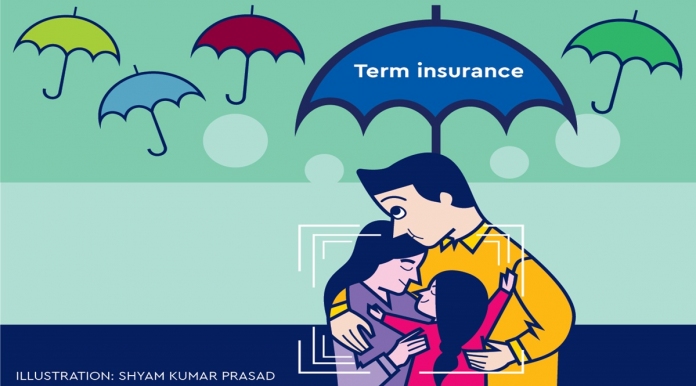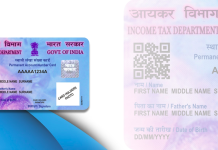By Pallavi Seth
Term insurance plans, also known as plain vanilla products, are the simplest life insurance plans available at an economical premium compared to other life insurance plans. These plans provide financial protection to your family members in case of your untimely demise. There are various types of term insurance plans to choose from based on needs and affordability.
Types of term insurance plans
Level term plans: The default life insurance coverage provided by most insurers in India is a level term plan. In this type of plan, the sum assured selected at the beginning of the policy remains constant throughout the policy term. The lower your age while buying a level term plan the lower will be your premium.
Increasing term insurance: This type of plan offers the facility to increase your sum assured at specific points in the policy term. The rate of this increase is predetermined. An increasing term policy is best if you expect a considerable increase in your financial liabilities in the future.
Decreasing term insurance: As opposed to increasing term insurance, in this case, the sum assured decreases at a predetermined rate as your age increases. It works on the idea that as your age increases, your liabilities might decrease and the need for a higher sum assured too might decrease. It is well suited for you if you have taken a loan or a mortgage and expect to pay it off in the near future.
Return of premium term insurance: A return of premium plan provides you with a savings component which is generally not offered by term plans. In the event that you outlive your policy term, all paid premiums till the maturity date are returned to you.
Convertible term plans: A convertible term insurance plan is a policy that can be converted into another type of insurance plan at a later stage; for example, a whole life plan or an endowment plan. If you expect your financial priorities to change in the coming years, you can opt for this.
Types of riders
Term insurance plans come with different types of add-on benefits known as riders. Riders provide extra benefits on paying extra premiums.
Waiver of premium rider: If you opt for waiver of premium rider, the insurance policie remains in force even if you are unable to pay the premium.
If you have been paying term insurance premiums, but due to disability, you stop earning and are unable to pay premiums for the entire term. Thankfully, if you have this rider your premiums are waived off in the event of disability during the term of your policy.
Accidental death benefit rider: If the insured person dies due to an accident, the rider pays the additional sum assured to the family members.
Accelerated death benefit rider: If you are suffering from terminal illness, your family would have to bear huge medical expenses for your treatment. With this rider, you will get a partial advance amount of your sum assured when you are critically ill.
If you have less than 12 months left to survive, the advance payment can be used for the treatment and costs required to stay alive. The remaining amount is paid to the family/nominee once you are no longer in this world to support your family emotionally and financially.
Accidental permanent & partial disability rider: It comes into force only if disability occurs due to an accident. Total disability gives you a full sum assured. Partial disability gives partial sum assured. The amount may also be compensated in instalments. Most insurers pay regularly for 5-10 years at a certain rate of sum assured. The terms and conditions of this rider differ from one insurer to another.
Critical illness rider: Insurance companies pay a lump sum if the insured is diagnosed with critical illness specified in the policy. While selecting this rider, read the policy document carefully to know which illnesses are covered and which are part of exclusions.
Apart from choosing the right term insurance plan and riders, it is equally important to choose the sum assured and tenure of the term insurance plan prudently. Though the thumb rule says that your sum assured should be 10-15 times of your annual salary, there are other factors that should be considered.
Certain life phases like marriage, higher education abroad and retirement need additional financial assistance. The choice of sum assured under a term plan should be made accordingly. Calculate your liabilities, savings, and investments. For this, you can also use human life value calculators available online on most of the insurer’s websites.















